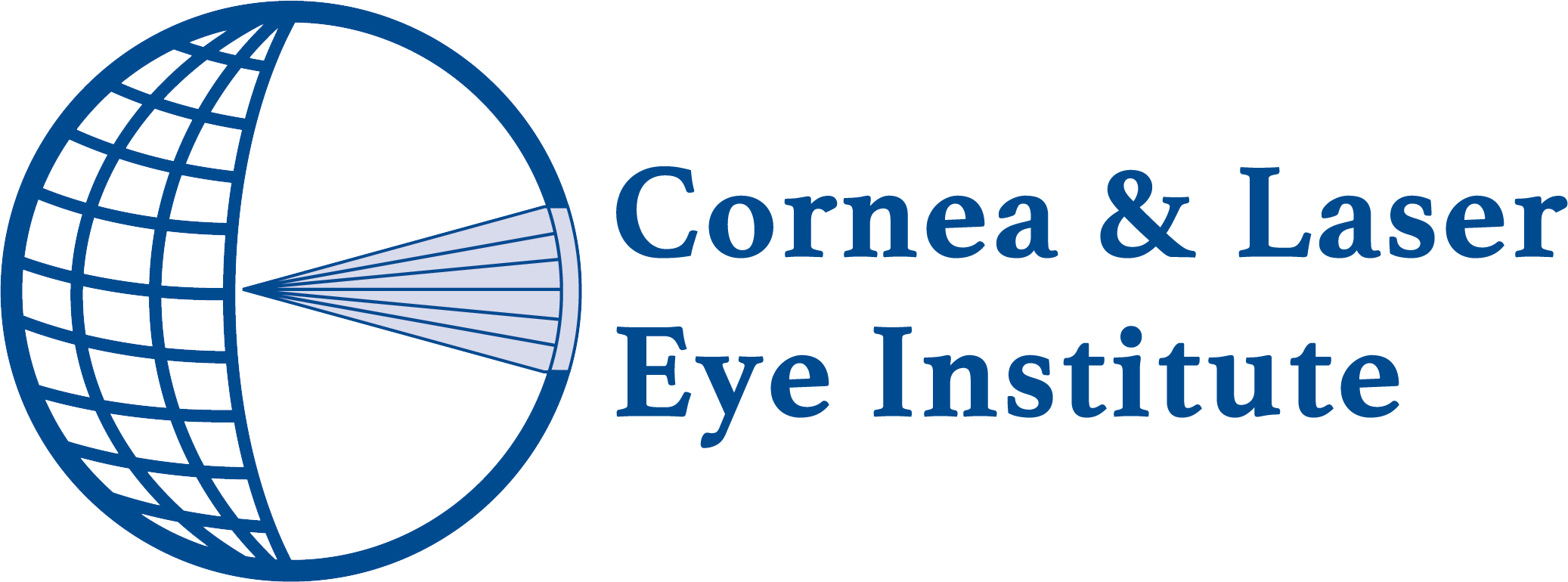
CLEI’s dedication to keratoconus patients is unparalleled. With decades of experience spent treating keratoconus patients, we understand that this progressive condition presents some unique challenges for diagnosis and treatment. Without early diagnosis and effective treatment, a patient’s quality of life can be severely impacted. That’s why we founded the first dedicated subspecialty center for keratoconus in the nation in 2002: The CLEI Center for Keratoconus.
Within the walls of our establishment, we offer traditional treatments like glasses and specialty contact lenses, and in severe cases even corneal transplants. These treatments provide relief for many patients, but there is always a need for innovative approaches to offer reduced risks and improved outcomes. Innovative approaches are where CLEI truly shines.
CTAK: The Most Advanced Keratoconus Treatment Today
CTAK (Corneal Tissue Addition Keratoplasty) is the most advanced keratoconus treatment available today. It was developed and pioneered right here at CLEI. Clinical trials began here in 2016 with outstanding results. The procedure has been so successful that it was featured in the July 2023 Journal of Cataract and Refractive Surgery, which stated, “CTAK is a promising procedure to improve visual acuity and topography in patients with KC [keratoconus] and ectasia.”
During this groundbreaking procedure, the corneal structure is augmented with additional tissue to reinforce its integrity and restore vision. The tissue addition is more natural than synthetic inlays, which helps reduce the risk of long term complications. In addition, CTAK is a highly customized procedure. The tissue inlay is custom cut with a femtosecond laser to fit each patient’s precise corneal needs. The measurements for this cut are determined by each individual’s corneal topography maps. Reshaping an asymmetrical cornea in this way leads to excellent outcomes.
As you can see, instead of focusing only on correcting refractive error, CTAK gets to the root of the problem by addressing underlying structural irregularities associated with keratoconus. Perhaps best of all, CTAK has proven to be a safe and effective alternative to a full corneal transplant (penetrating keratoplasty), even for many patients who have been told that a corneal transplant is their only option.
Advantages of CTAK
CTAK offers several compelling advantages for patients with keratoconus:
- Improved Visual Acuity: The added corneal tissue helps to reshape and smooth the irregular surface of the keratoconus-affected cornea, leading to improved visual clarity and reduced distortion.
- Reduced Risk of Rejection: Since CTAK does not involve the complete replacement of the cornea, the risk of immune rejection is significantly lower compared to traditional corneal transplant procedures.
- Donations Extended: One of the amazing things about CTAK tissue is that it is made from tissue which would otherwise be discarded because it is not fit for other transplantation so it extends the gift of donations greatly.
- Faster Recovery: The CTAK procedure is generally less invasive than a full corneal transplant, allowing for a quicker recovery time and a faster return to normal activities.
- Potential Reversibility: In some cases, the added corneal tissue can be removed or adjusted if necessary, providing more flexibility in the management of keratoconus.
- CLEI’s Surgical Expertise: CTAK is a highly specialized procedure that requires extensive training and experience from the performing ophthalmologist. Having developed the procedure in-house, CLEI’s team of doctors has the necessary expertise to offer the highest level of care and optimal outcomes for anyone under their care, even long distance patients.
Limitations and Considerations of CTAK
While CTAK offers several advantages, it is important to be aware of its limitations and considerations:
- Suitability: Not all individuals with keratoconus may be suitable candidates for CTAK. Factors such as the severity of the condition, the shape and thickness of the cornea, and the overall health of the eye must be carefully evaluated by your ophthalmologist.
- Potential Complications: As with any surgical procedure, CTAK carries a risk of complications, such as infection, scarring, or the dislocation of the added corneal tissue. Careful postoperative care and monitoring are essential to minimize these risks.
- Cost and Insurance Coverage: The cost of CTAK can vary depending on your healthcare provider and insurance coverage. It is essential to discuss the financial aspects of the procedure with your insurance provider. If you find CTAK won’t be covered under your plan, you can always call us to discuss our patient financing options. Your vision is worth the investment.
Conclusion
CTAK is a cutting edge keratoconus treatment that has already improved vision and quality of life for numerous keratoconus patients. If you have keratoconus and would like to discuss whether CTAK is an ideal treatment option for you, feel free to schedule a consultation with us. Our team of experts has the knowledge and the skill set needed to give you a thorough examination along with personalized recommendations to manage your keratoconus for a brighter, clearer future.



